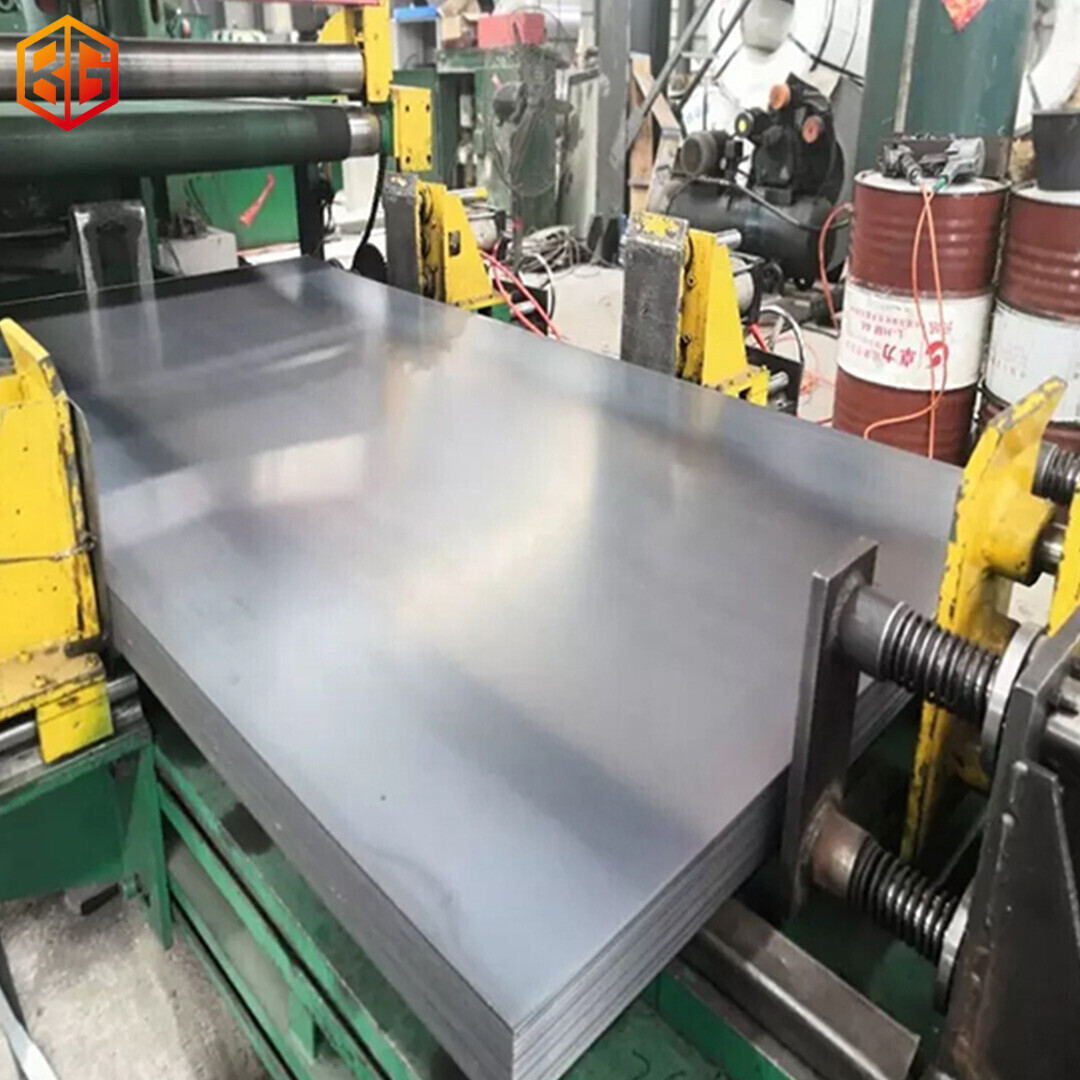NEWS

Cold-rolled steel plate is an indispensable material in the industrial and construction fields, and has a wide variety of applications. In the manufacturing process of steel plates, hot rolling and cold rolling are the two main processing methods, respectively producing SPHC and SPC steel plates with different characteristics. In this article, we will understand the use and characteristics of cold rolled steel plate in detail.
SPCC (Steel Plate Cold Commercial) is a cold-rolled steel plate. Also known as coil, cold plate or cold rolled material. It is made from pickling and cold-rolled SPHC (hot-rolled steel sheet). The surface is smooth and glossy, and the appearance is close to iron plate. Because it is manufactured by further rolling SPHC, it is inherently thinner than SPHC. Although the price is relatively low compared to other materials, the cost is higher than SPHC. Soft, with excellent formability and machinability, also suitable for deep drawing and other processing. There is no film on the surface, so it is easy to rust, and it is usually circulated in a state of oil. After processing, surface treatment such as electroplating and painting must be carried out. SPHC (hot rolled steel sheet) because of its high temperature rolling characteristics, it is usually used in the manufacture of structural parts, pipes, containers and other projects requiring high strength and corrosion resistance.
Characteristics of rolled steel plate
Rolled steel plate is characterized by relatively cheap, suitable for bending processing. Because it is a sheet-like material, it is suitable for stamping and sheet metal processing, and is often used for external decorations and covers that do not withstand mechanical strength.
Rolling is a metal-plastic processing that uses two or more rotating rollers to stretch the material while squeezing it. It is similar to using a rolling pin to roll out udon and buckwheat dough. The distance between rollers can be changed to change the board thickness, and multiple rollers can be arranged in a three-dimensional manner to create unique cross sections, such as rails.
Because the steel plate known as the plate steel is continuously machined using a roller, it is characterized by the ability to high-speed machining of continuous parts with the same cross-section shape. In the rolling process, H-shaped and L-shaped steels can be produced in addition to sheets, bars called rods, and steel tubes. This processing method is more about manufacturing the materials used in the processing, rather than manufacturing the product itself.
Cold rolling has the following advantages
High dimensional accuracy: Cold rolling can produce metal products with high precision dimensions, because the metal is easier to control the size in the cold state.
Good surface quality: The surface of cold-rolled metal is smooth and clean, and no additional surface treatment is required, which reduces the cost and time of subsequent processing.
Mechanical properties improvement: Work hardening during cold rolling can increase the strength and hardness of the metal while maintaining or improving its toughness.
High material utilization: Cold rolling can reduce material waste because it can precisely control the thickness and width of the product, reducing the need for cutting and trimming.
Improved corrosion resistance: Work hardening during cold rolling can form a dense oxide film on the metal surface, helping to improve corrosion resistance.
SPHC and SPCC are very commonly used general-purpose iron plates. The rough difference between the methods of use is that if you want to know the price, feel free to send us an email!
Related Posts
- The 137th Canton Fair opens grandly!
- Ramadan Mubarak to you
- The New Year bell rings, and dreams begin
- Welcome 2025: New Year, New Hope
- We Wish You A Merry Christmas & A Happy New Year
- What are the uses of mild steel
- Why can steel sheet piles be your first choice
- There are several types of common steel sheet piles
- Application areas of color-coated corrugated board
- Cutting method of 304 stainless steel pipe
- Production process of tinplate rolls
- Corrosion Protection Measures for SSAW Steel Pipes for Drainage
Contact Us
MESSAGE
